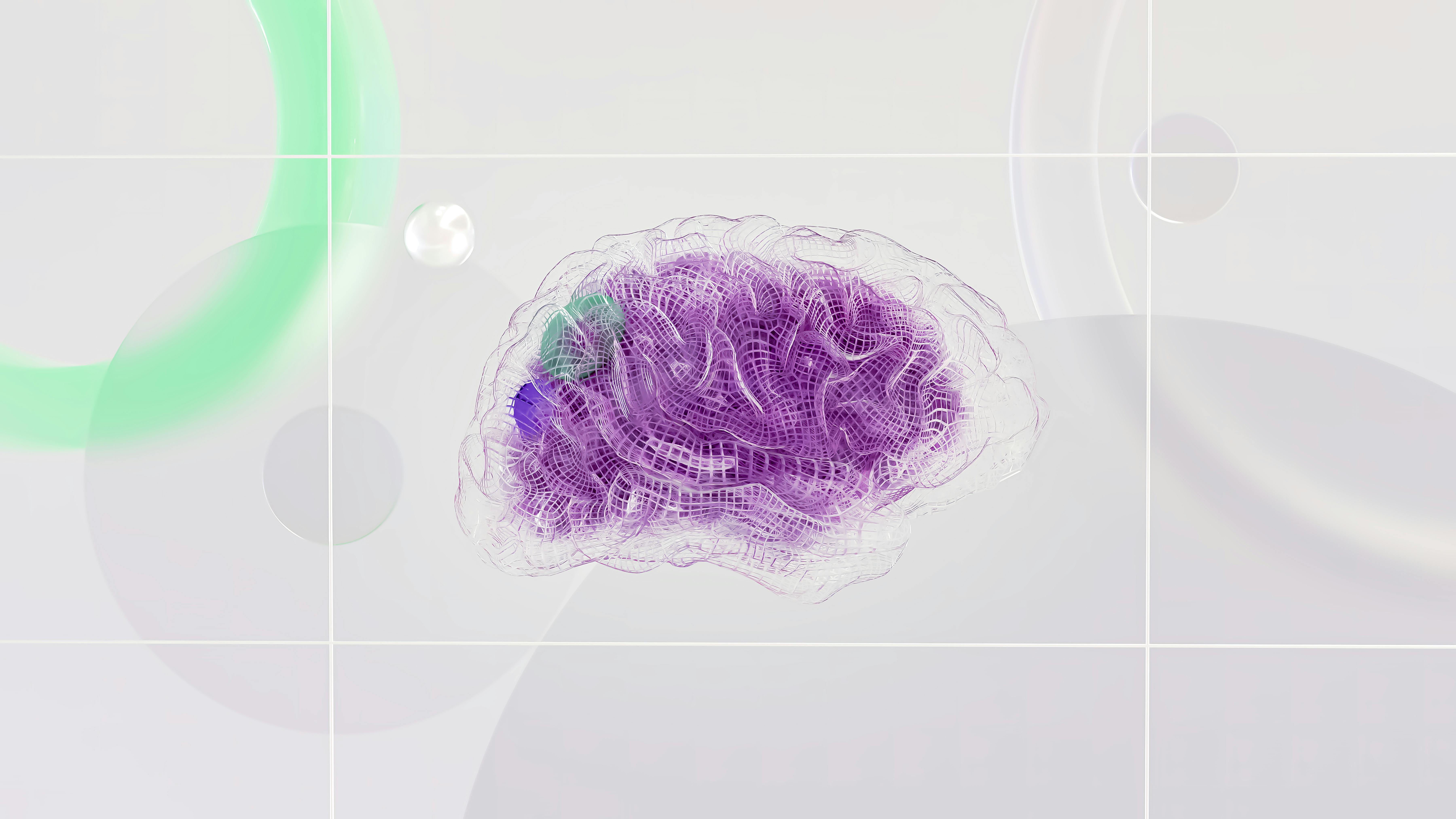The Technology Behind Voice AI Mental Wellness: How Contacted Works
When you speak to Contacted's AI mental wellness coach, you're experiencing the convergence of multiple cutting-edge technologies working seamlessly together to create a responsive, empathetic, and effective mental wellness experience. But what exactly happens from the moment you speak until you receive a thoughtful response? Let's pull back the curtain on the technology that powers voice-based AI mental wellness support.
The Voice AI Technology Stack
Voice AI mental wellness coaching relies on a sophisticated technology stack with several key components:
1. Speech Recognition: Understanding What You Say
The journey begins with advanced speech recognition technology that:
Captures your voice input with high accuracy (>98% for standard speech)
Works across accents, dialects, and speech patterns
Functions effectively even with background noise
Processes natural, conversational language rather than requiring specific commands
Unlike simple voice assistants that listen for limited command sets, mental wellness voice AI must understand the nuanced language people use when discussing complex emotional states.
2. Natural Language Processing: Interpreting Meaning
Once your speech is converted to text, natural language processing (NLP) goes to work:
Analyzing semantic meaning (what you're literally saying)
Identifying emotional cues in your language choices
Recognizing cognitive patterns and thought structures
Understanding context from the ongoing conversation
This technology has advanced dramatically in recent years, enabling systems to grasp nuance, detect underlying emotions, and understand implications that aren't explicitly stated.
3. Mental Health Intelligence Layer: Specialized Understanding
What sets mental wellness voice AI apart is a specialized intelligence layer that:
Recognizes language patterns associated with specific mental states
Identifies cognitive distortions and unhelpful thought patterns
Understands evidence-based approaches to various mental health challenges
Recognizes when intervention versus reflection is most appropriate
This component transforms general AI capabilities into specific mental wellness support, applying psychological frameworks to natural conversation.
4. Response Generation: Crafting Helpful Replies
Creating helpful, empathetic responses involves:
Generating language that's conversational yet therapeutic
Balancing validation with gentle challenges to unhelpful thoughts
Providing personalized guidance based on individual needs
Maintaining appropriate tone for emotional context
Unlike text-based systems, voice responses must also consider qualities like pacing, intonation, and emotional resonance that affect how messages are received.
5. Voice Synthesis: Speaking in a Human-Like Way
The final component converts text responses into spoken language:
Creating natural-sounding speech with appropriate emotional qualities
Adjusting pacing to match the emotional context
Using tone variations that communicate empathy and understanding
Speaking in a voice that feels comfortable and trustworthy
Advanced voice synthesis has moved far beyond the robotic voices of early systems, creating speech that feels natural and emotionally resonant.
Privacy and Security: The Foundation of Trust
For mental wellness applications, privacy isn't just a feature—it's a fundamental requirement:
End-to-end encryption protects all conversations
Selective data retention balances personalization with privacy
Anonymous processing separates identifying information from conversation content
Local processing of sensitive data whenever possible
Transparent data policies give users control over their information
These protections create a secure space where users can speak freely without concerns about data misuse or exposure.
The Learning System: How Voice AI Improves
Voice AI mental wellness coaching isn't static—it's constantly evolving through:
Continuous Learning From Interactions
Each conversation provides insights that improve the system:
Language patterns that effectively address specific concerns
Approaches that resonate with different communication styles
Successful intervention strategies for various mental wellness challenges
Research-Driven Enhancements
Development is guided by:
Latest research in cognitive behavioral therapy, positive psychology, and other evidence-based approaches
User experience studies that identify improvement opportunities
Collaboration with mental health professionals who provide expert input
Personalization Without Privacy Compromise
The system becomes more helpful over time by:
Learning individual communication preferences
Recognizing recurring themes in a user's mental wellness journey
Adapting to what works best for each person
Building on previous insights within the context of strong privacy protections
When to Use Voice vs. Text for Mental Wellness Support
Voice interaction offers distinct advantages in specific contexts:
Emotional processing: Speaking emotions aloud activates different neural pathways than typing
Hands-free situations: During commutes, exercise, or when multitasking
Middle-of-night support: When screen light would disrupt sleep further
Accessibility needs: For those with difficulties typing or reading text
Natural expression: When emotions feel easier to express verbally than in writing
Different situations call for different modalities, which is why comprehensive mental wellness support often includes both voice and text options.
The Future of Voice AI Mental Wellness Technology
The technology continues to advance in several exciting directions:
Multimodal emotional understanding that integrates voice tone, pace, and other para-linguistic features
More personalized mental wellness journeys based on individual needs and progress
Expanded language support bringing these tools to more global communities
Deeper integration with other wellness practices for more comprehensive support
Advanced conversation capabilities that support longer, more complex therapeutic dialogues
As these technologies evolve, voice AI mental wellness support will become increasingly sophisticated in its ability to provide personalized, effective guidance.
The Human Element: Technology in Service of Wellbeing
While the technology behind voice AI mental wellness is impressive, its purpose remains fundamentally human: creating accessible, effective support for people navigating life's challenges. The best systems recognize both the power and limitations of technology, focusing on areas where AI excels while acknowledging the continued importance of human connection.
The result is a new kind of mental wellness resource—not replacing traditional support, but expanding options to meet more people where they are, when they need it most.
This post is brought to you by Contacted, the voice-based AI mental wellness coach that combines cutting-edge technology with evidence-based approaches to mental wellbeing. Try your free 15-minute session today.

